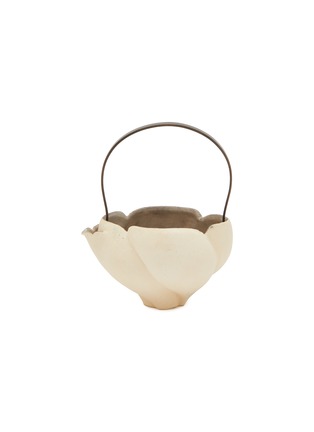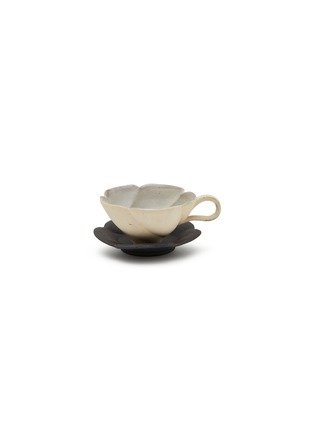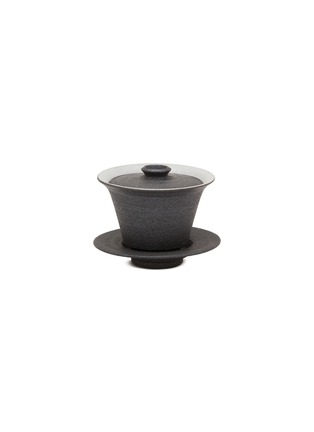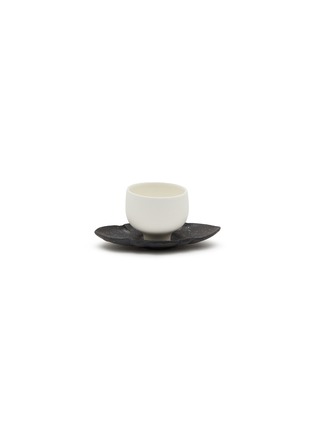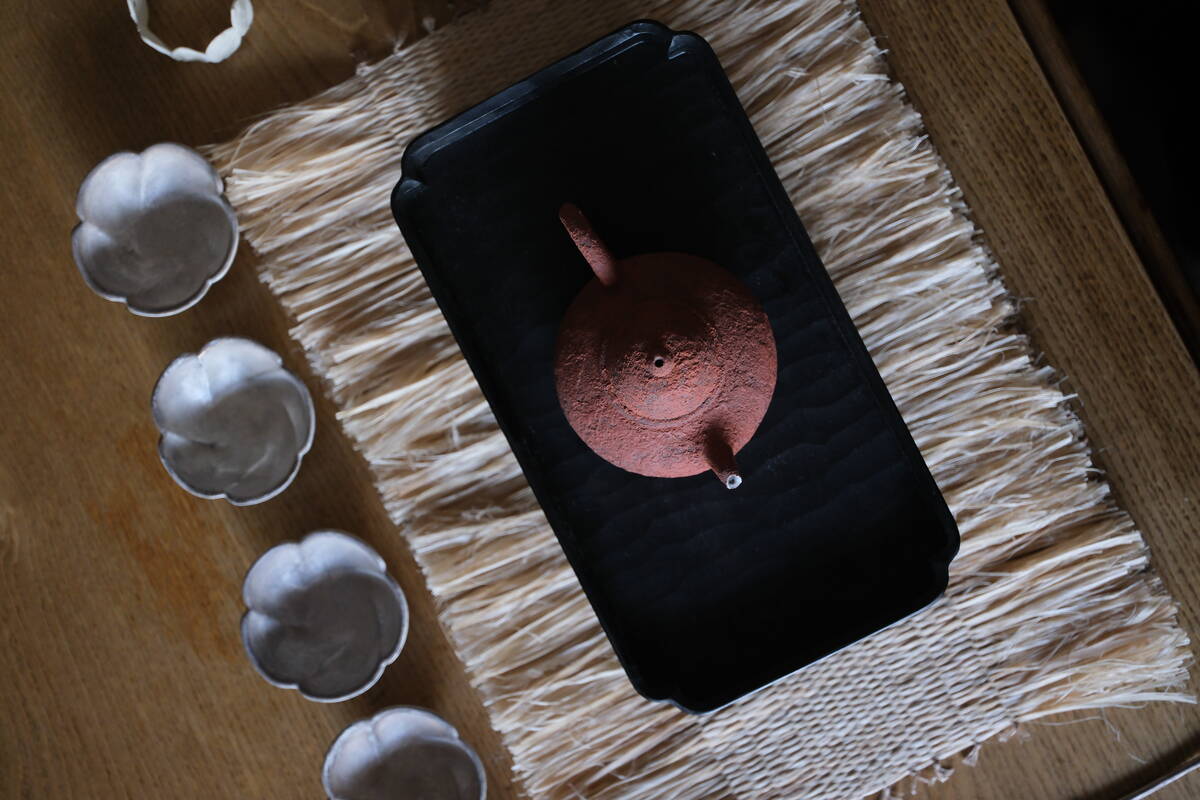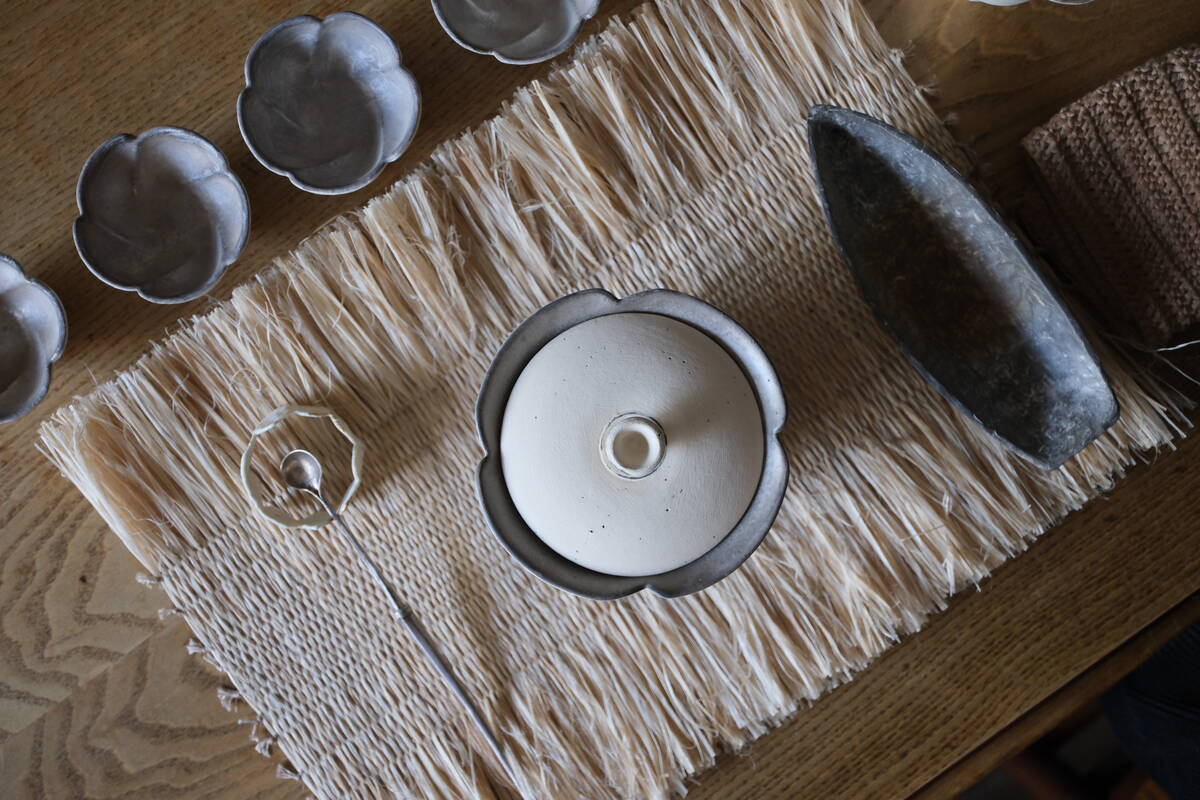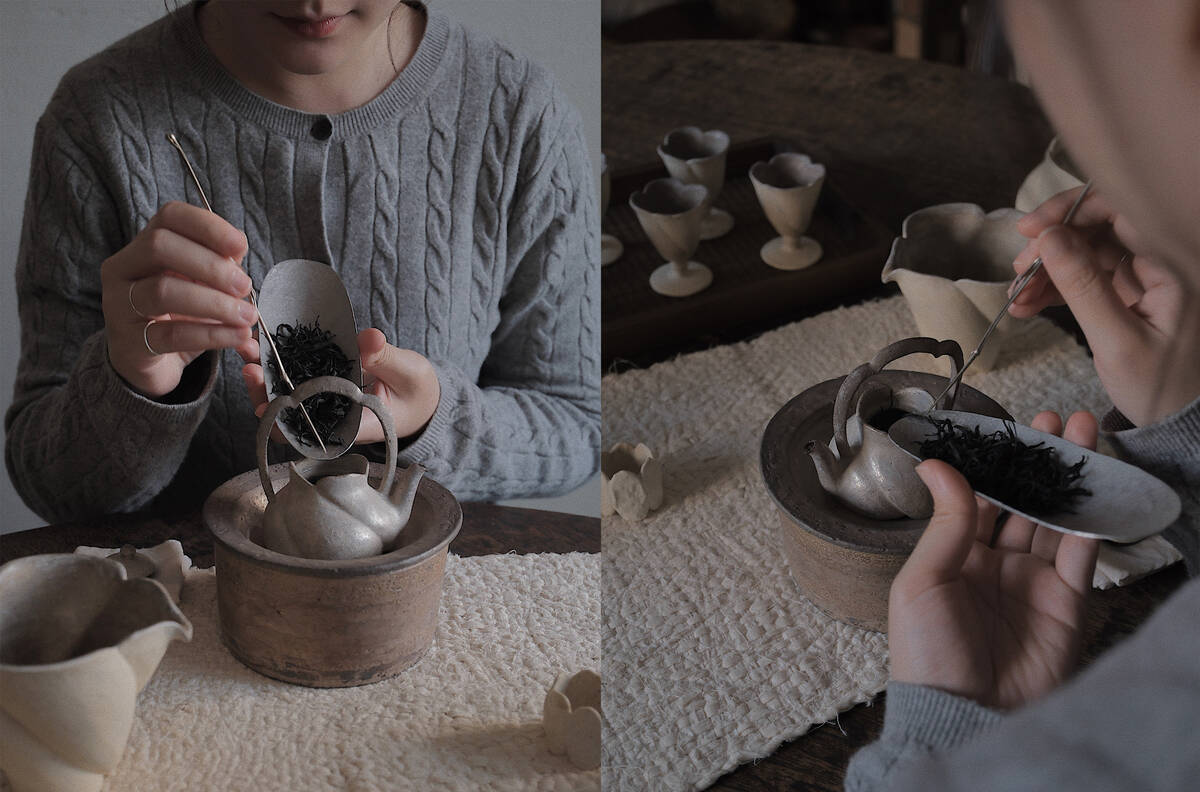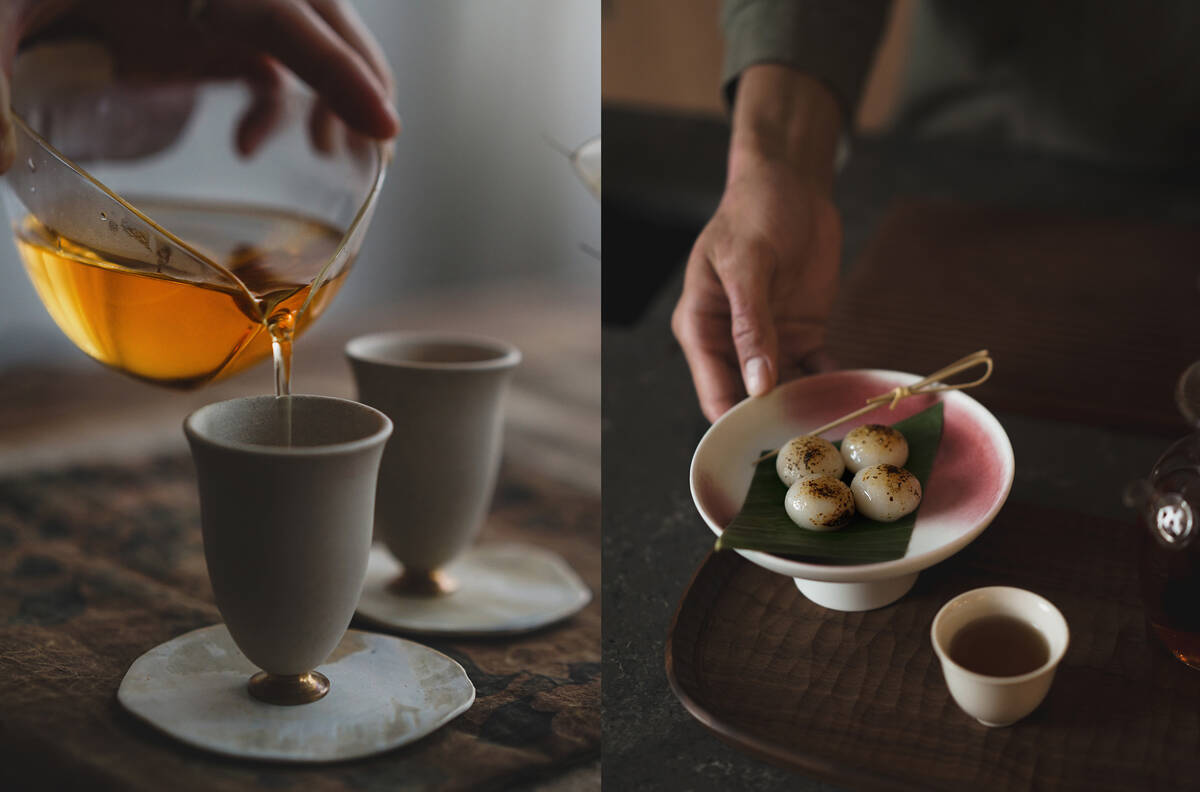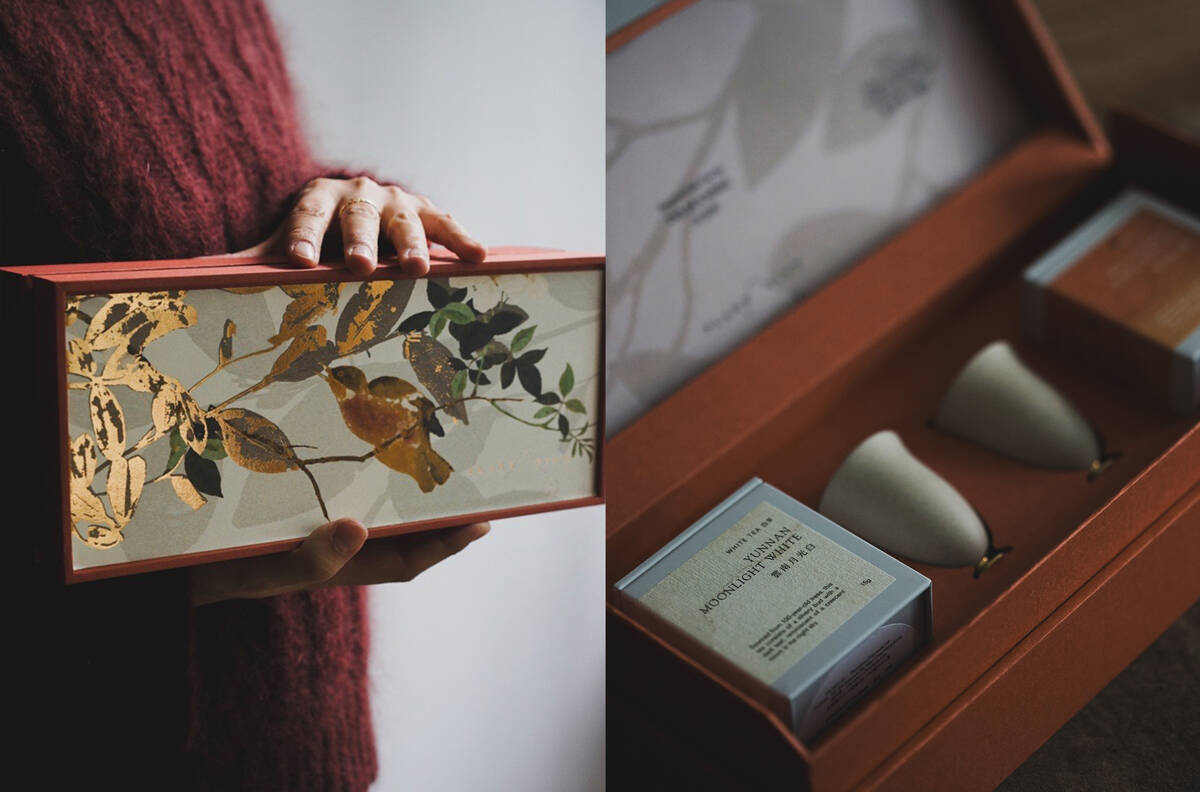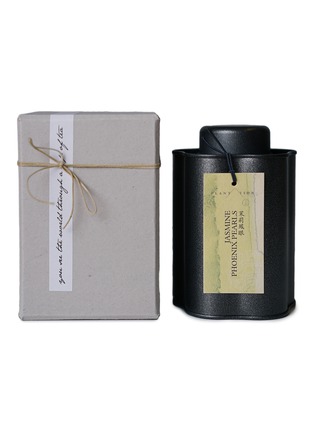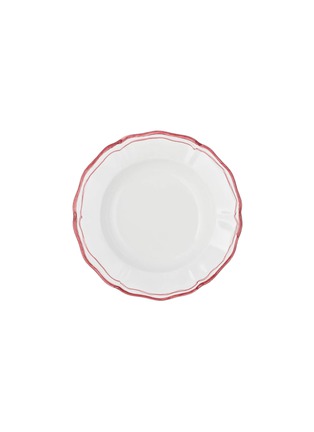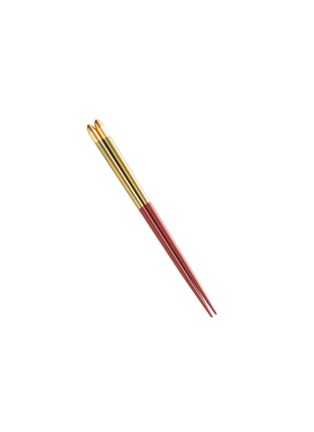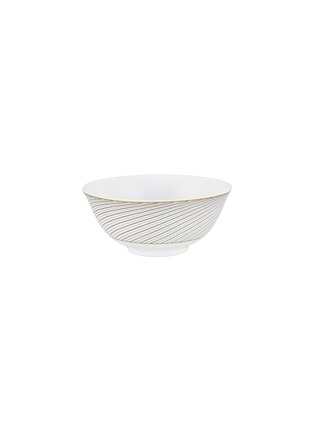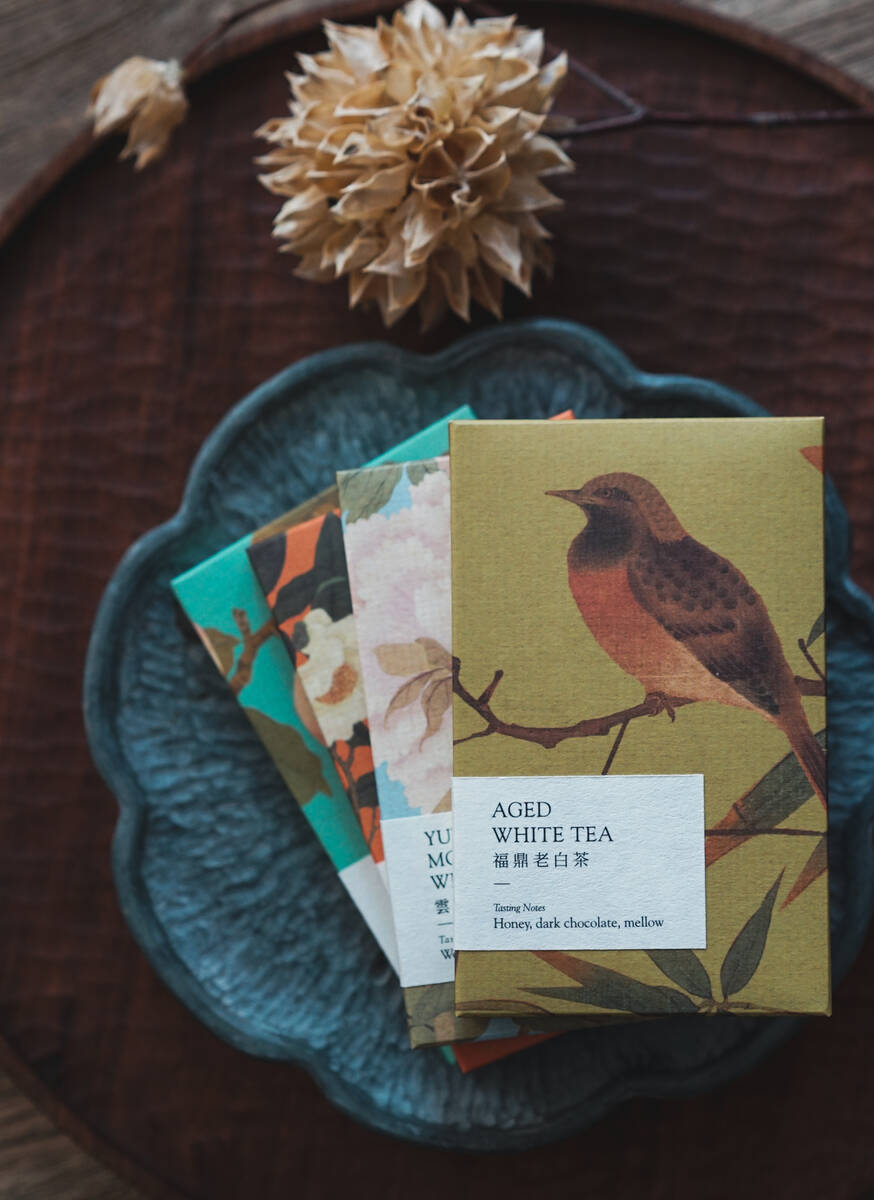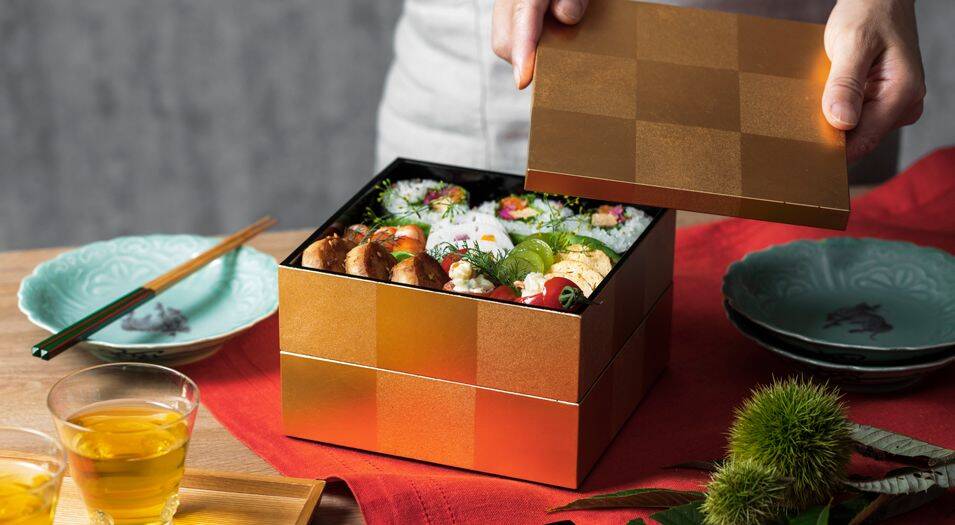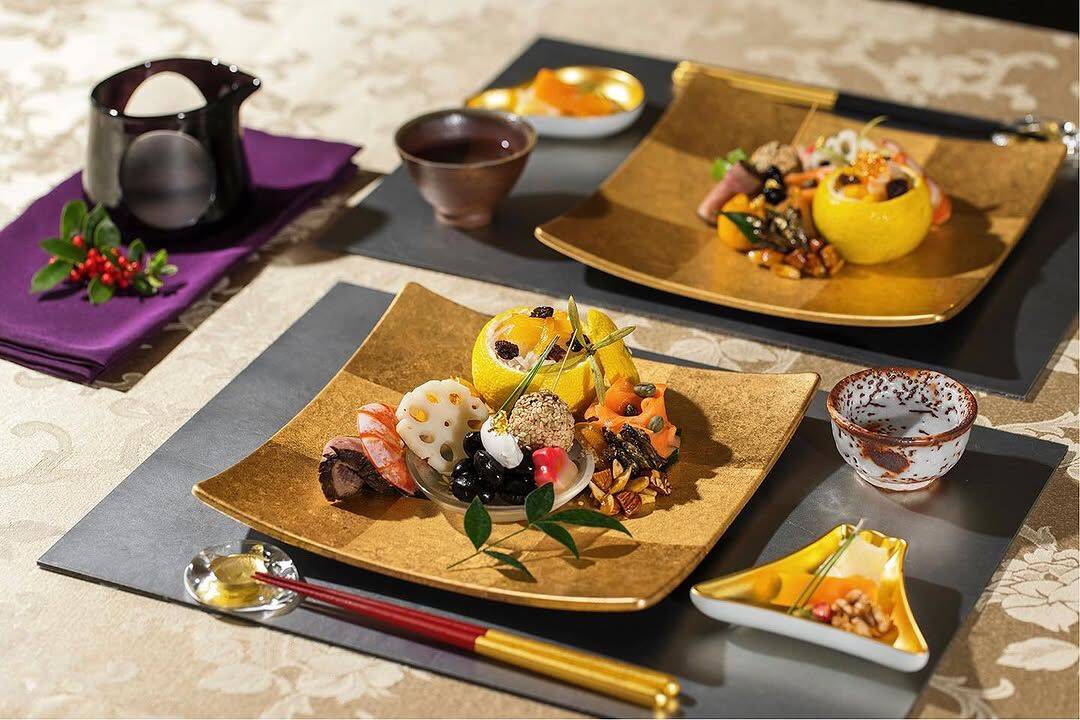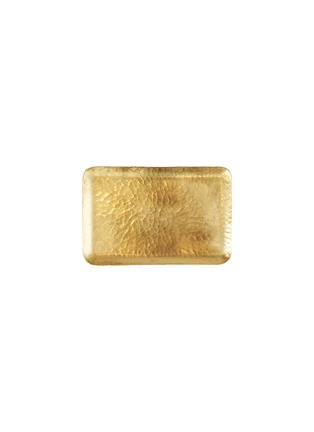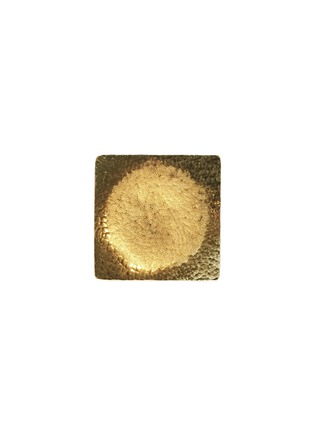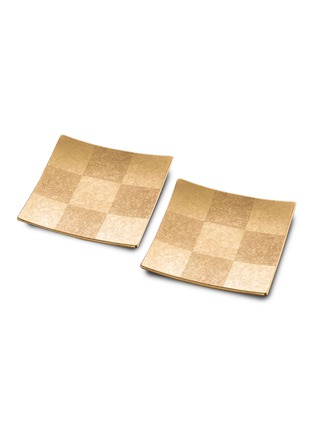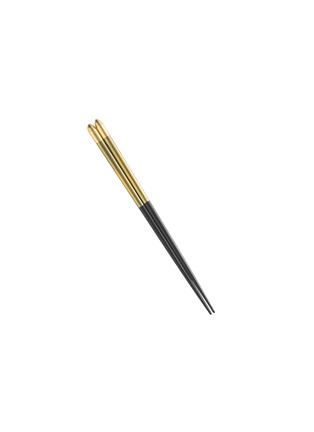Create Your Own New Year
Your Ultimate Guide on Dining Etiquette, Gift-Giving, and Home Decor
As the New Year draws near, every detail—from exquisite home decor to thoughtfully curated gifts—merits your attention. This time around, Lane Crawford unveils an exclusive New Year preview edition, brimming with styling inspiration, sophisticated table settings, and essential dining etiquette, alongside designers' insights into New Year aesthetics and artistic vision.
Here, we give a top list of dos and don’ts with a bit of background information as to some unique traditions and etiquette rules that you may have seen and picked up around. Whether you're enjoying a traditional Chinese feast or raising a glass in a modern toast, mastering and observing these elegant customs not only enhances the celebration but also honours the rich tapestry of cultural heritage that makes this celebratory gathering special.
Read on to master the art of Asian dining etiquette and make a great impression during your New Year gatherings
-
Raise Your Glass +
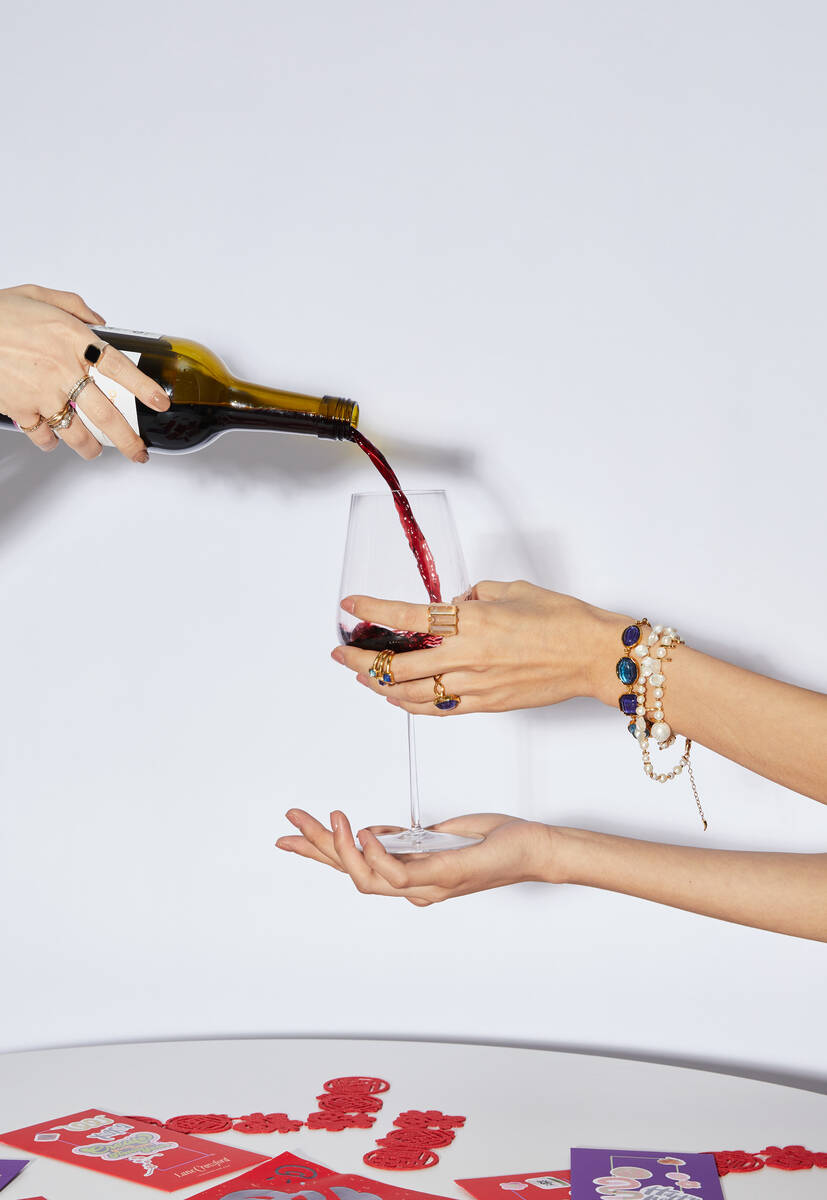
Dos: When an elder pours wine for you, delicately pinch the glass with your thumb and index finger, allowing the other three fingers to rest gracefully alongside. Support the bottom of the glass with your hand. Once the wine is poured, gently raise your glass with poise towards the other person, awaiting the toast.
Don’ts: Holding the rim of the glass with your thumb and index finger leaves unsightly fingerprints, which can look unrefined. While gripping the stem too tightly creates a fist-like shape, diminishing the elegance of the wine glass.
-
The Finger Kowtow (Tea Tapping) +
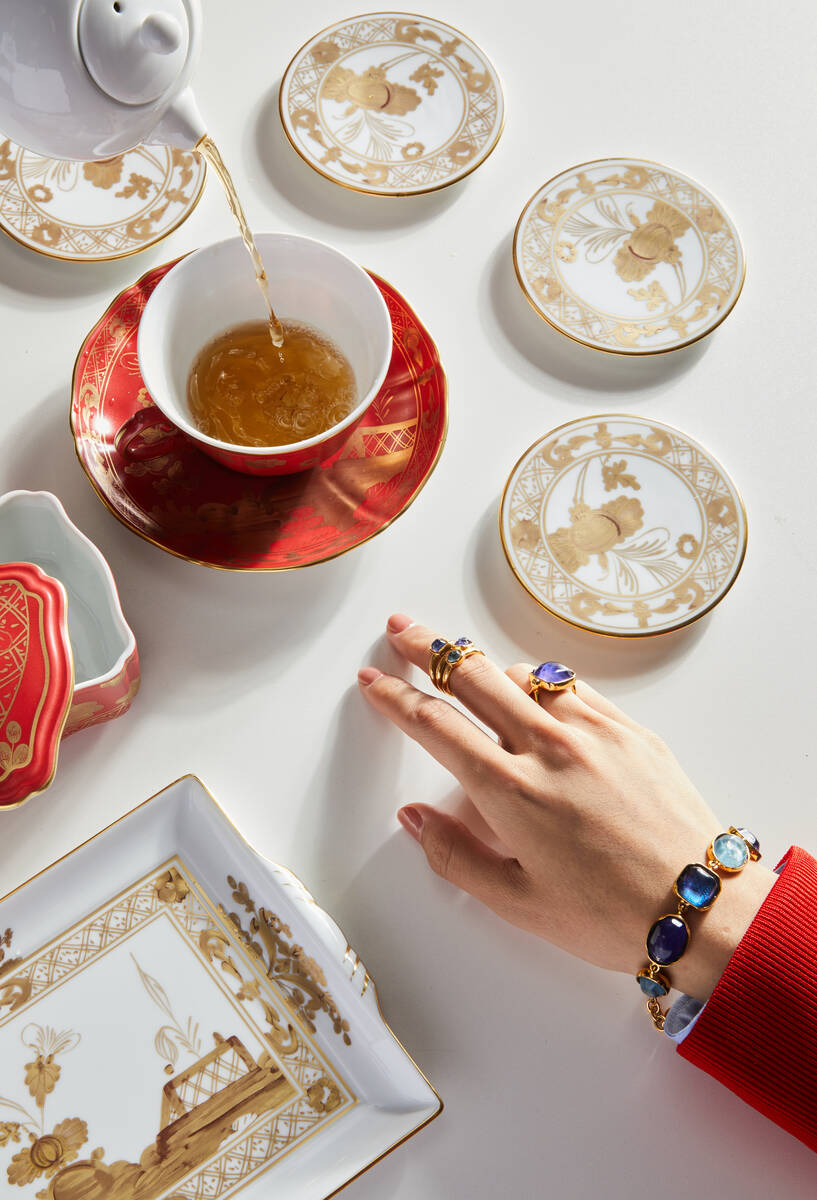
The “finger kowtow” has become a practical way to say a silent xie xie (thank you) to your server, instead of having to disrupt your ongoing conversation.
Dos: If a peer is pouring you tea, gently tap the table three times with two fingers (usually the index and middle finger) together to show respect. However, if an elder is pouring you tea, gently knock the table three times with a closed fist. This signifies five bodies bowing to the ground in honour of the elder. Usually, the elder who pours the tea will do a kowtow in response.
Don’ts: When someone at the table is pouring you tea, it's impolite to focus solely on chatting without acknowledging them.
-
Chopsticks +
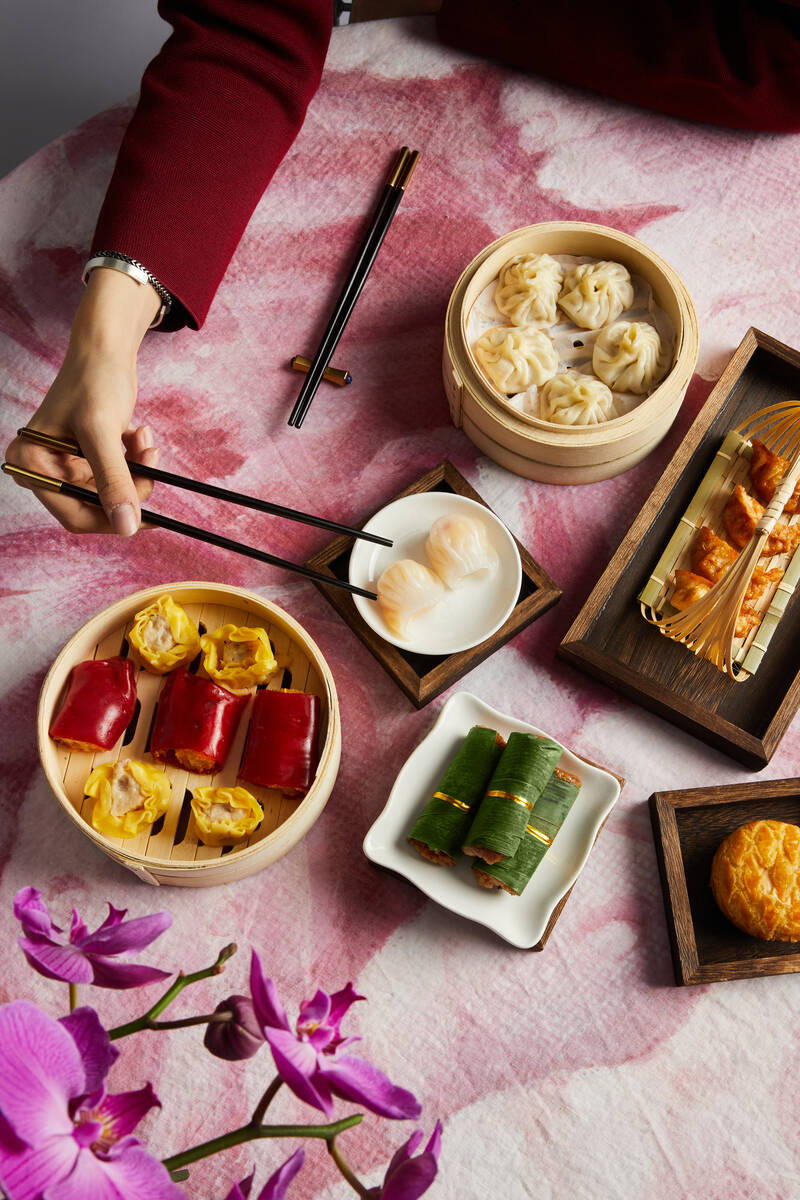
Dos: When dining, everyone should have two pairs of chopsticks in two different colours. The first pair (black) is for your own, and the second pair (white/red) is for you to grab food from the serving dish onto your own plate or bowl. This way, there will be no accidental cross-contamination. Length can also indicate use: shorter chopsticks are for personal use, while longer ones are for communal use. Additionally, placement also matters; chopsticks closer to you or your plate are personal, while those further away are communal.
Don'ts: Using the wrong communal chopsticks and crossing them can symbolise death or misfortune in some cultures.
-
Serving and Sharing +
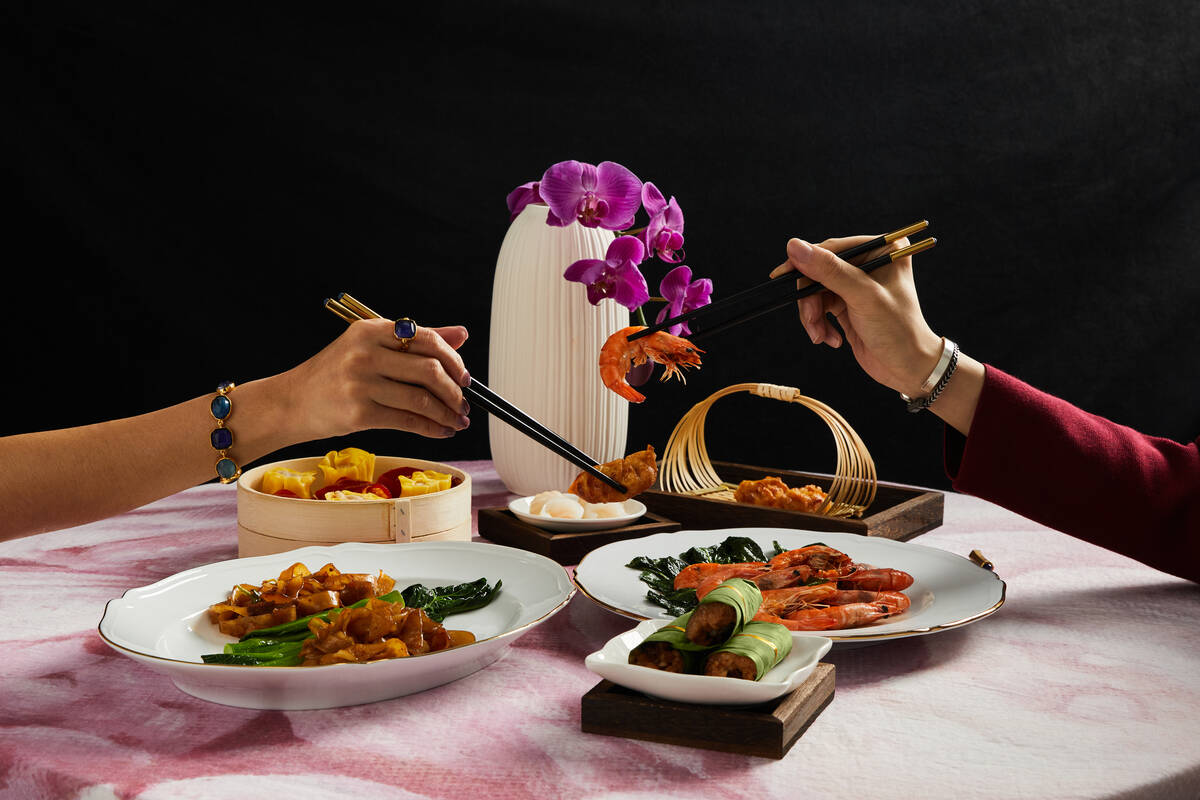
Dos: Always offer dishes to others before serving yourself. (If tea or drinks are involved, the younger individuals traditionally serve the elders first)
Don'ts: Serving food without asking the other person or only selecting dishes that you personally enjoy during the meal.
Brand Curator Exclusive Interview
Tips to Know on Celebrating Lunar New Year
In celebration of Lunar New Year, Lane Crawford is thrilled to invite three esteemed brand curators: Nana Chan, founder of Plantation Tea Bar in Hong Kong, Ryan Hui, ceramist and co-founder of Toki Nashiki, and Annie Li, co-founder of Artifactt to share with us their tips on New Year decorations and timeless etiquette.
Hong Kong Ceramist Ryan Hui
Mastering Teaware
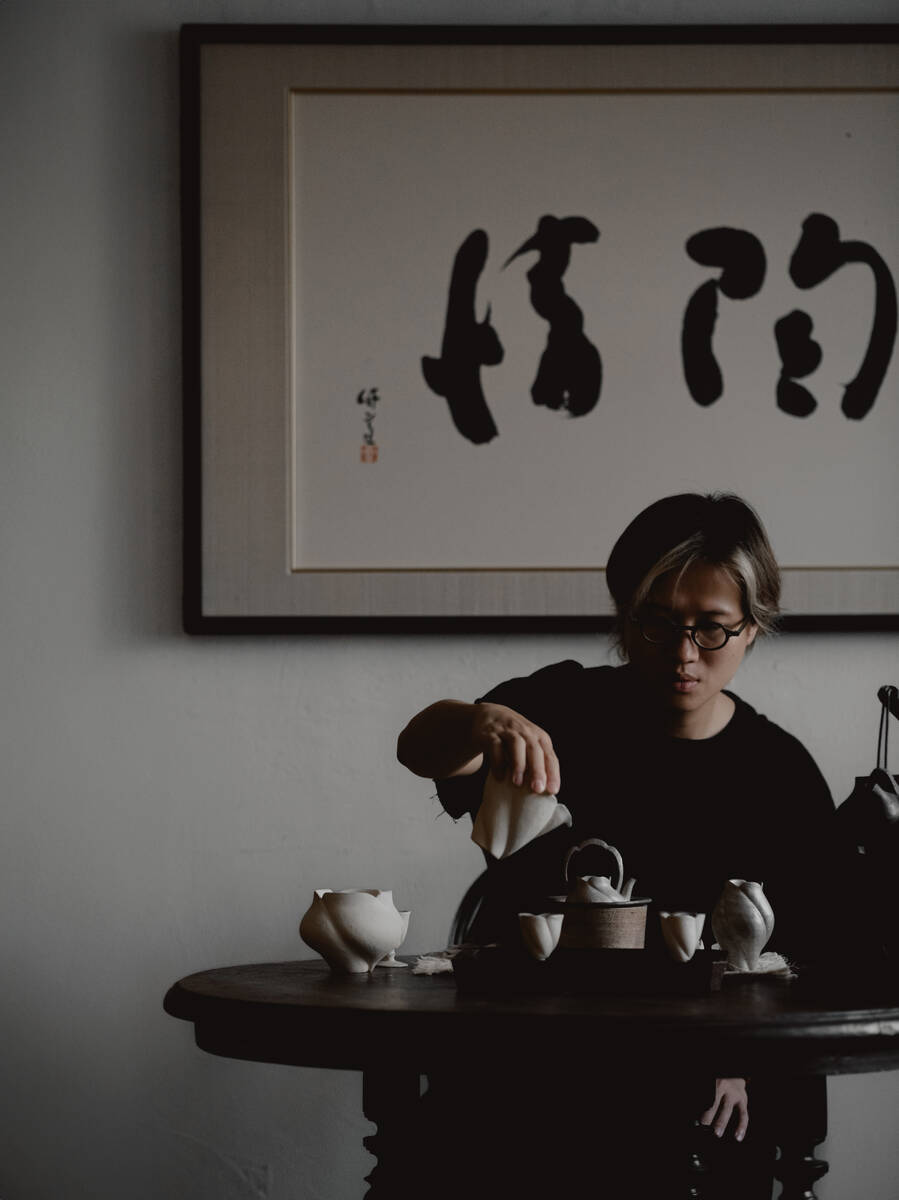
Ryan Hui, Ceramist and co-founder of Toki Nashiki
Can you share how specific tableware from your collection enhances the dining experience during CNY gatherings and what traditional meanings do these pieces hold?
We suggest showcasing a beautifully curated tea set. During the New Years, it’s a tradition to gather with friends and family to savor moments over tea. This cherished ritual, deeply rooted in Chinese culture, embodies the essence of family connection and harmony, while honouring the timeless virtue of respecting our elders.
Click to read the full interview below
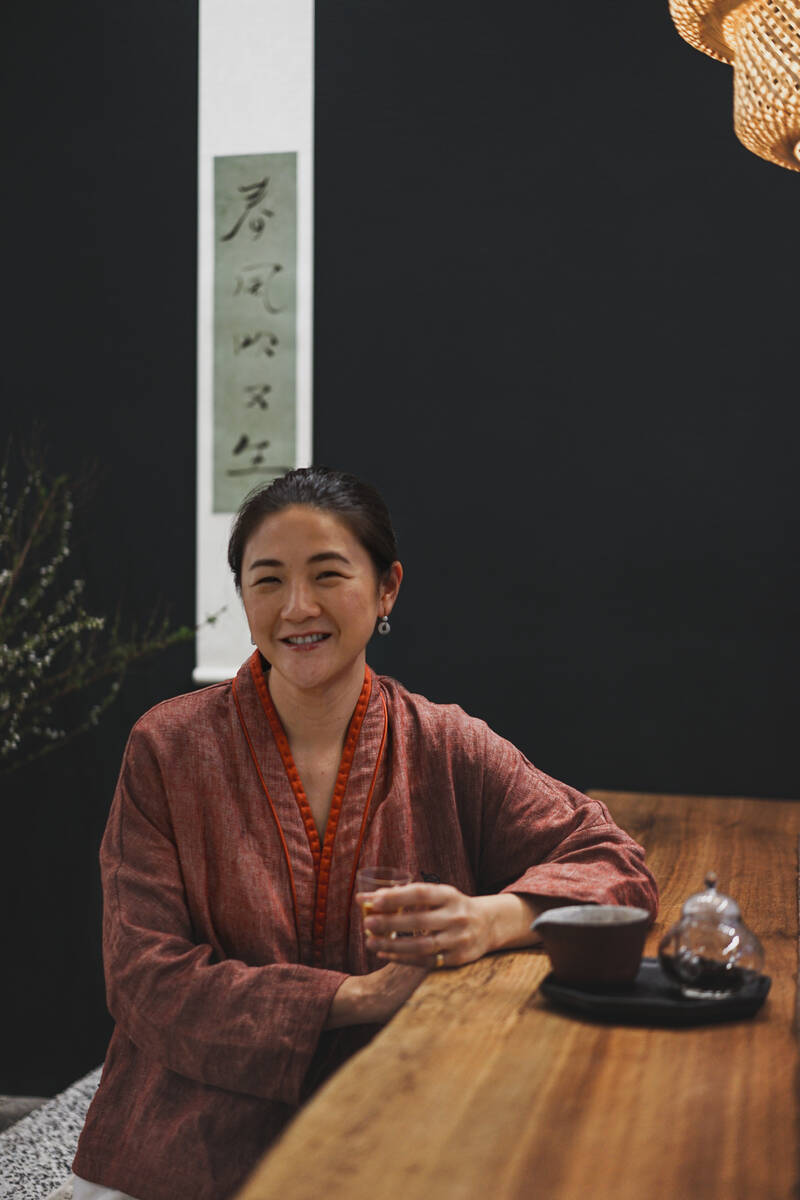
How do you communicate the spirit of CNY through home decor elements? Any tips on enhancing the festive atmosphere in a household?
CNY is an especially opportune time for tea. Given the large amounts of binge eating we will all perform over the festive period, tea is important as it helps to cleanse and digest. I always have a kettle and teapot ready around the table so that I can provide an unlimited supply of tea to my guests.
A boiling kettle adds a feeling of warmth to the house, and the handiest way to achieve that is with an electric kettle. I always prefer the "teawith kettle"(汀壺), made especially for brewing tea with its very precisely shaped spout and beautiful streamlined design.
Click to read the full interview below
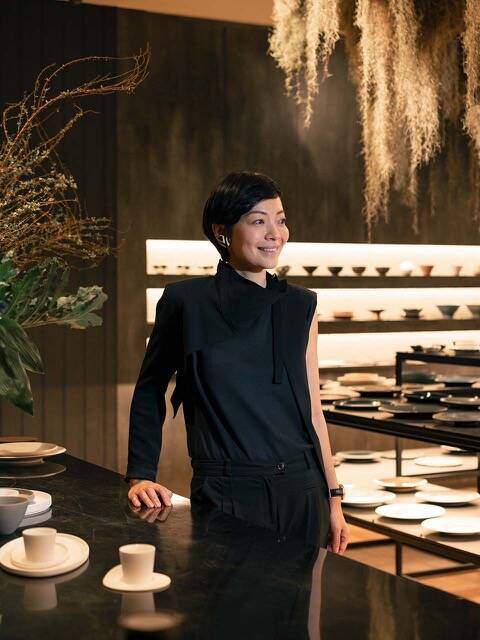
Annie Li, co-founder of the exquisite tableware and home goods brand Artifactt
Image Courtesy of Lauryn Ishak
How do you communicate the spirit of CNY through home decor elements? Any tips on enhancing the festive atmosphere in a household?
Chinese New Year (CNY) is a time of renewal and celebration, strengthening family bonds and exchanging wishes for prosperity. To capture the spirit of CNY in your home decor, focus on symbolic colours and thoughtful design. Red signifies good fortune and happiness, while gold represents wealth—essential wishes for the year ahead. Incorporating these colours into tableware and textiles creates an atmosphere of joy.
Additionally, plants and flowers symbolise growth and renewal. Embrace various floral arrangements to enhance your interior design, adding vibrancy and warmth to your home. Thoughtfully selected blooms will elevate the festive spirit, turning your space into one of good fortune.
Click to read the full interview below
Shop our Lunar New Year edit below
